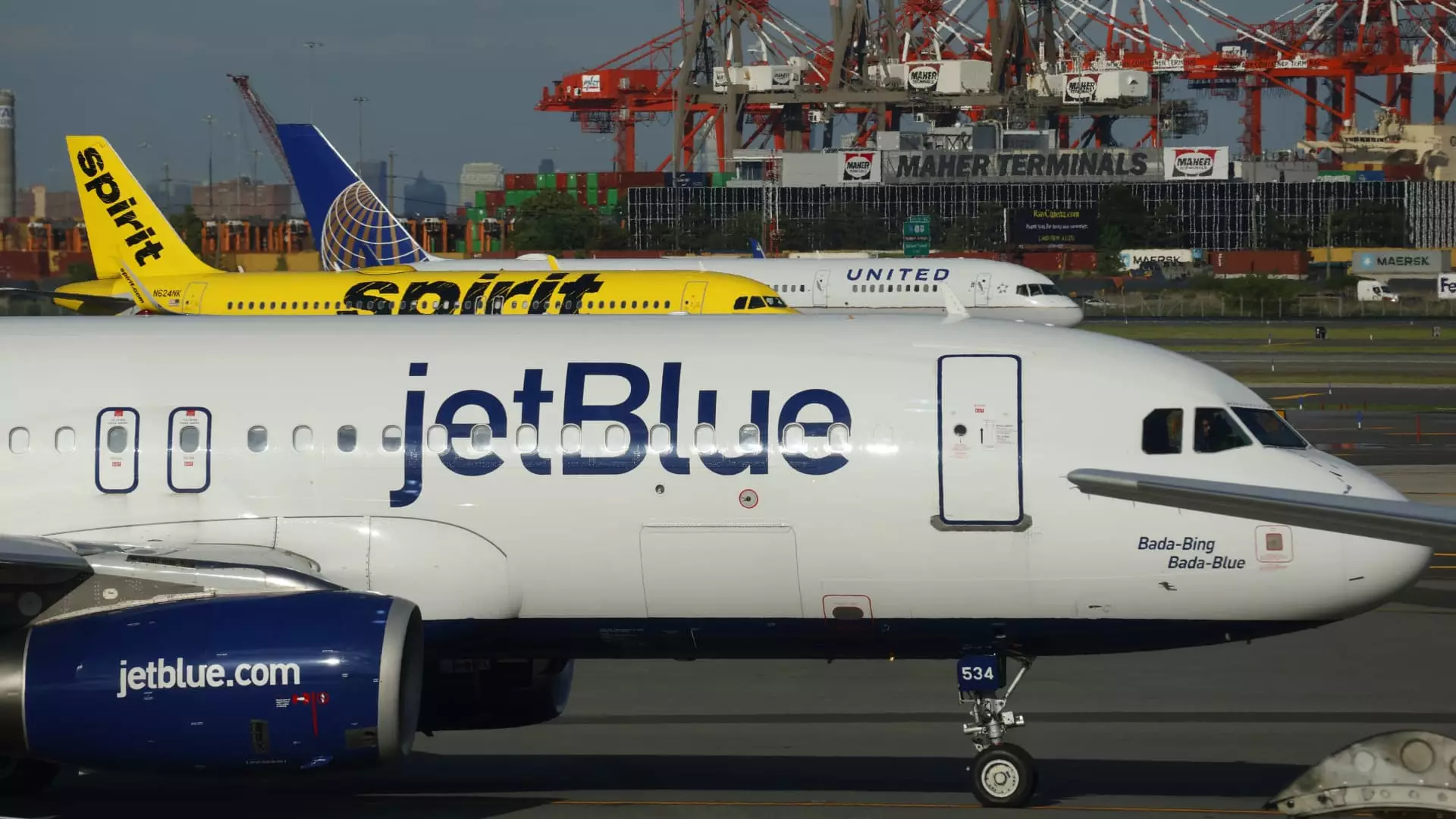In the wake of the COVID-19 pandemic, airlines that once aggressively pursued new jets are now changing their strategies. Cash-strapped low-cost carriers and discounter airlines are reevaluating their spending plans to save money and enhance profitability. One of the primary catalysts for this shift is the surge in engine repairs, which has had a significant impact on their financial stability.
The airline industry in the United States witnessed a surge in flights, which led to a decline in fares, especially in the domestic market where low-cost carriers dominate. This surge in flights has put pressure on airlines’ revenue streams at a time when costs are on the rise. Spirit Airlines, JetBlue Airways, and Frontier Airlines, in particular, have struggled to generate profits, with their last profitable year dating back to 2019. This financial strain has pushed these airlines to postpone their growth plans and defer the delivery of new aircraft.
Consequences of Deferred Deliveries
The decision to defer new aircraft deliveries comes with its own set of challenges. Carriers are wary of taking on additional planes too quickly due to past delays in aircraft deliveries. This precautionary measure aims to prevent a backlog of aircraft orders, which could further strain their resources. For instance, JetBlue Airways anticipates saving $3 billion by postponing the delivery of 44 Airbus A321 airplanes until 2029. This move allows the airline to focus on cost-saving initiatives and exit unprofitable routes promptly.
Impact of Engine Recalls
Besides financial constraints, airlines are also grappling with grounded jets resulting from a recall of Pratt & Whitney engines. This has exacerbated the challenges faced by carriers, such as JetBlue and Spirit Airlines, in managing their fleets effectively. The deferral of aircraft deliveries amidst the ongoing engine recall has created a dilemma for the airlines. While they need new planes for expansion, receiving idle aircraft exacerbates their financial burden.
In response to mounting financial pressures, airlines are exploring various strategies to reduce costs and enhance operational efficiency. For instance, Southwest Airlines is actively pursuing opportunities to mitigate cost pressures arising from delayed Boeing deliveries. The airline has introduced voluntary leave programs to address overstaffing concerns and maintain financial stability.
Industry Outlook and Supplier Challenges
Despite the challenges faced by budget airlines, the global airline industry continues to grapple with a scarcity mindset concerning fuel-efficient planes. Lease rates for popular aircraft models like Airbus A320s and Boeing 737 Max 8 have surged to record levels, highlighting the persistent demand for new aircraft. Suppliers like Airbus and Boeing are struggling to meet this demand due to skilled labor shortages and supply chain disruptions stemming from the pandemic.
Looking ahead, airlines aim to navigate these turbulent times by leveraging their flexibility in fleet decisions. While uncertainties loom over the industry, airlines are exploring opportunities to adapt to changing market dynamics and enhance their competitiveness. By reassessing their growth plans and operational strategies, airlines can position themselves for sustainable growth in the post-pandemic era.

